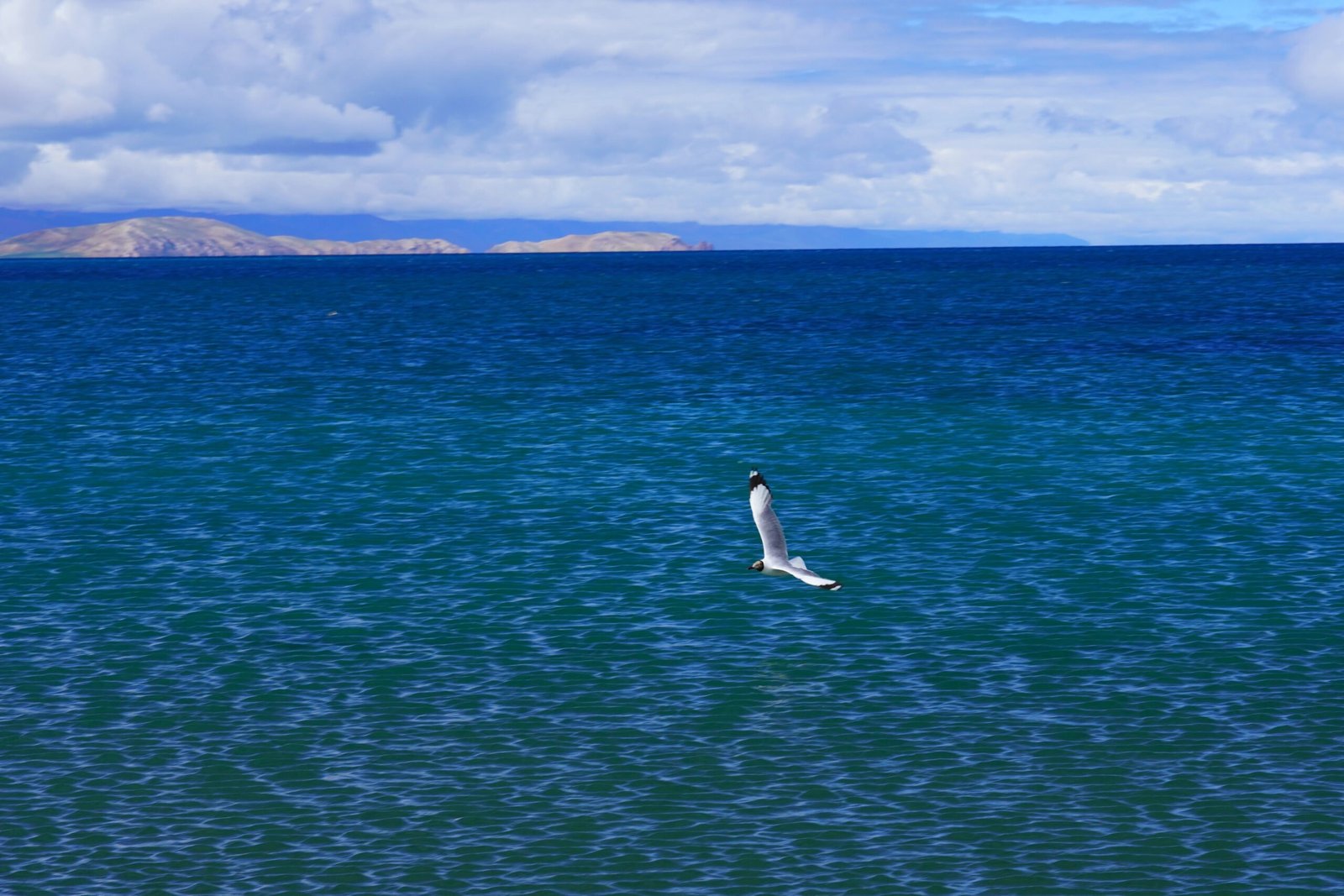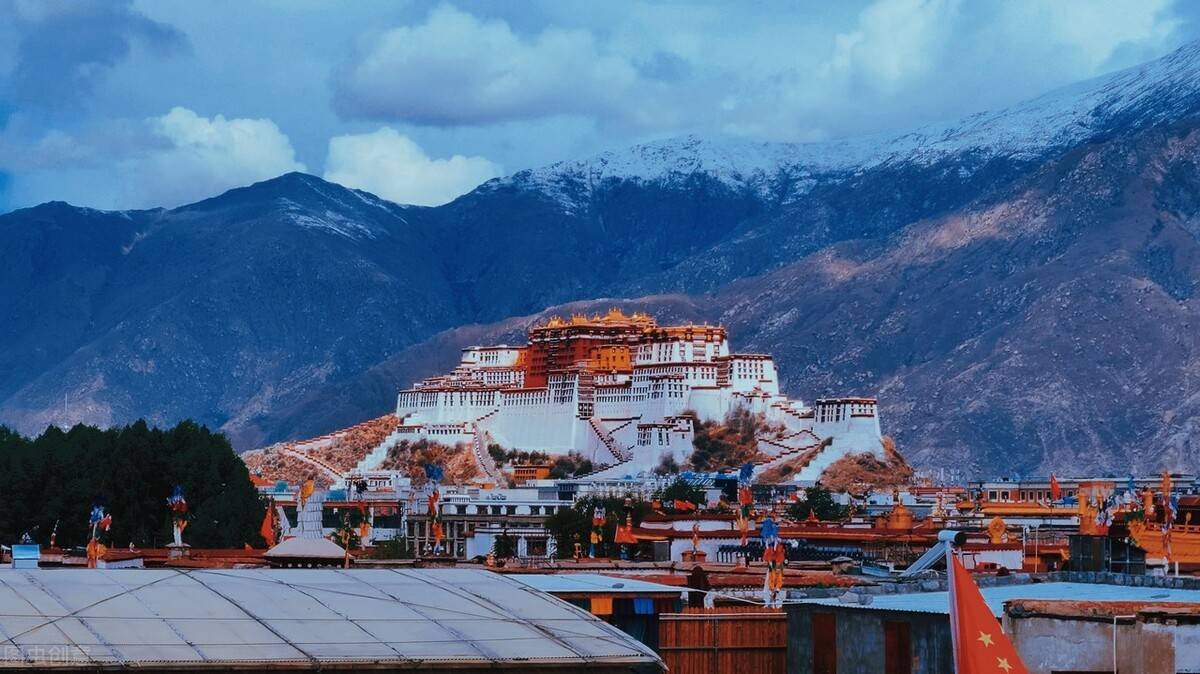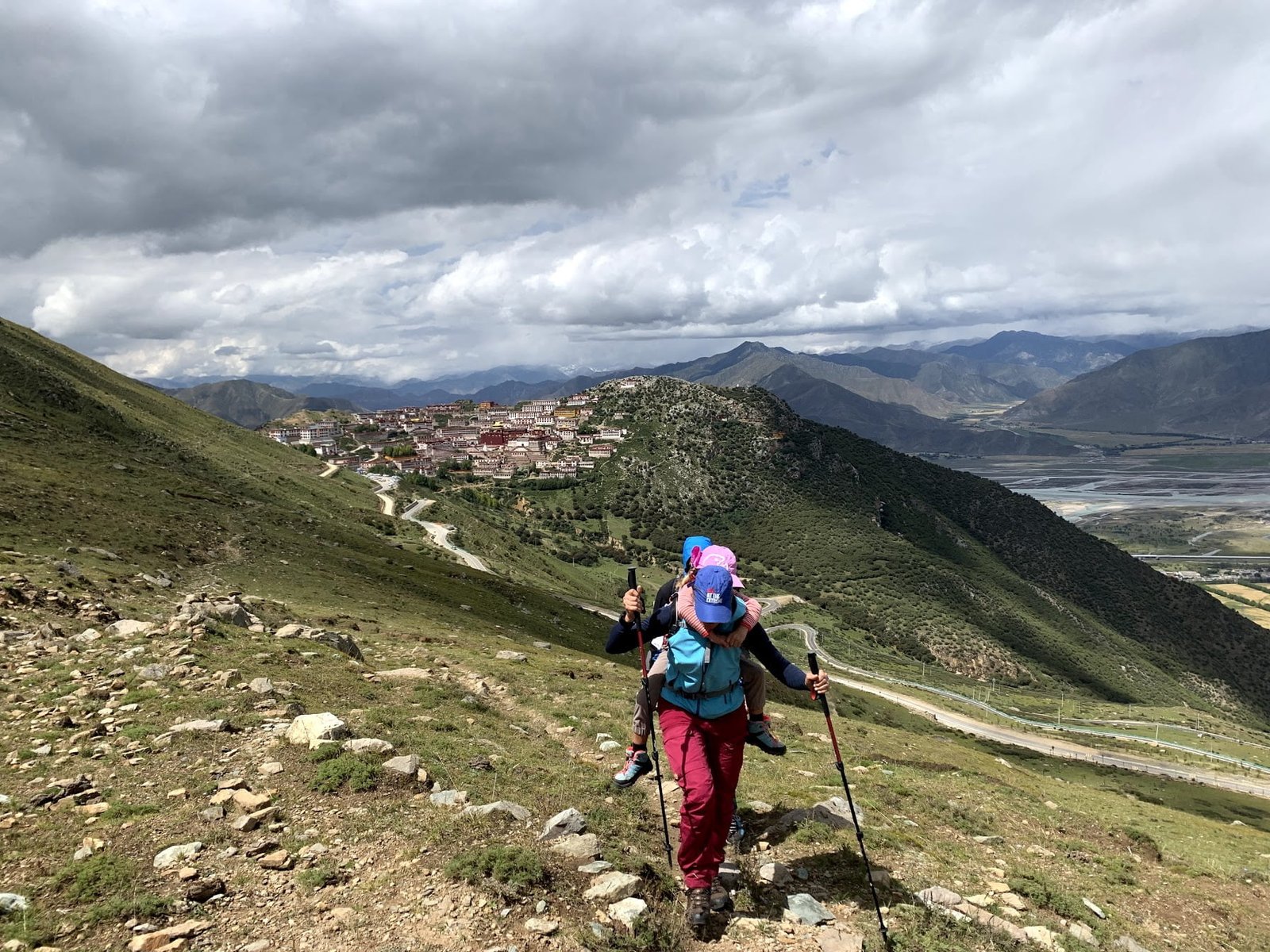Saga, which means “lovely place” in Tibetan, is situated in southwestern Tibet, south of the Gangdise Mountain. It is located in the upper reaches of the Yarlung Zangbo River and serves as one of the border counties in Tibet. The county shares a 105 km long border with Ngaren County to the east, Kyirong County and Nyalam County to the south, Drongba County to the west, Tsochin County to the north, and Nepal to the southwest.
History of Saga County
In the 14th century, the Phaktru regime established “Saga Drongba Dzong” in this area. Before liberation, Saga County was under the administration of the Kashag government. In April 1960, the county was named “Saga County.” 1964 it was divided into Kyirong, Drongba, and Ngaren counties. However, in 1965, Saga County was re-established. Later, in 1976, it was again renamed “Saga County” and placed under the jurisdiction of Shigatse Prefecture.
Geographical and administrative center of Saga County
It spans 12,442 square kilometres and consists of 38 administrative villages across 7 townships. As of November 2020, the resident population is 16,220. In December, it withdrew from the impoverished counties. The county government is located in Jia Jia town, which is situated 450 km away from Shigatse at an elevation of 4502 meters above sea level.
Saga County is located in the mountainous region of the western Tibetan Plateau, with a terrain that slopes from north to east. It is surrounded by the Gangdise Mountains to the north and the Himalayas to the south. Other mountains in the area include Chyangla, Kula, Xuli, and Gangri Lunbu. These mountains are interspersed with open plains and valleys. The average altitude of the county is 4600 meters, with the highest peak reaching 7095 meters and the lowest point at 4300 meters.
Climate of Saga County
The climate is characterized by a plateau sub-cold and semi-arid climate. It has abundant sunshine, thin and dry air, cold temperatures, and significant day-night temperature fluctuations. It receives an average of 3000 to 3400 hours of sunshine annually, with precipitation totalling 280 and a frost-free period of 105 days. The average annual temperature is 0. The region frequently experiences natural disasters such as snow, wind, drought, frost, and hail.
Domestic and wild animals in Saga County
Saga County is a pastoral region with a vast grassland area of 9.7 million mu. Its livestock mainly comprises yaks, cattle, sheep, horses, and donkeys. Moreover, the county is abundant in mineral resources such as iron, chromium, phosphorus, marble, and peat.
Wild animals are wild yak, wild donkey, Tibetan antelope, blue sheep, yellow sheep, red deer, lynx, bear, clouded leopard, Tibetan crane, snow chicken and so on. Famous special products are mainly fur, salt and musk, bear bile, deer antlers, antelope horn, Saussurea involucrata and other precious herbs.
Transportation and Tourism in Saga County
Saga County has a total road of over 900 kilometres, including over 200 kilometres of main trunk roads. The county is traversed by the Shigatse Ngari highway, providing a route to Lhasa (720 km) in the east of Shigatse. To the west, there is a connection to Urumqi via the Shiquan River and Xinjiang Highway. Additionally, the villages in the county have convenient road access.
Saga is abundant in tourism resources, with notable cultural landmarks such as Lugong Temple, Tuchin Temple, Puta Temple, Kuyu Temple, and Dargyeling Temple. The natural landscape features an elevation of 7000 meters, covered in snow throughout the year. Additionally, Lachin River boasts the renowned Qiongshen Mountain known for its steep and treacherous terrain.
Mount Lonbo is a passionate mountain climber who enjoys scaling heights up to 7095 meters above sea level. In this region, there are over 10 lakes and 6 geothermal hot springs. One particular hot spring, known as Angle Hot Springs, is renowned for its therapeutic effects on the stomach, skin diseases, arthritis, and more.
Main attractions in Saga County
Shelri Dargye Ling Temple, located in Luga Village, is 35 kilometres north of Dargye Ling Township. Established in 1729, it is a separate temple belonging to the Ramoche Temple in Lhasa and follows the Geluk faction. The temple consists of 2 Dratsang and 1 Assembly Hall, covering an area of 1100 square meters. It mainly worships Six Arm Gongpo and houses 100 volumes of “Kangyur” and 225 volumes of “Tengyur”. The monastery is home to 10 monks.
Rugon Temple is situated in Danga Township, 140 kilometres southeast of the county seat. It was established in 1182 and is associated with the Nyingma tradition. The temple is primarily devoted to Guru Padmasambhava and features a stunning statue of the “three Sur” (zur-gsum) – Sur Bo, Sur Pong Sherab Drakpa, and Rinpoche Sakya Sangha.
Tuchin Temple is situated in the eastern part of the county, 140 kilometres from the county seat. Established in 1542, it follows the Gelug sect and primarily houses statues of Shakyamuni Buddha, Jampa Buddha, and Tsongkhapa.
Buzha Temple is situated in Xiongru Township, 45 kilometres south of the county seat. It was established in 1780 and follows the Geluk faction, which was founded by Master Tsongkhapa. The temple’s primary focus is on the worship of Sakyamuni Buddha, Guanyin Bodhisattva, Deities, and the statues of the three founders of Geluk School.
Kuyu Temple County is situated in the southern part of Trangguo Township, 165 km away from the county seat. Established in 1949, it follows the Kagyu sect. The Kagyu monks don white attire, often referred to as “white religion.” The temple’s primary deities include Sakyamuni Buddha, Guanyin Bodhisattva, Marpa, Milarepa, and other Buddha statues.
Natural Wonders and Beauties of Saga County
Lachin Creek is situated in the southeast of Kagu Village, Rujo Township. It is over 100 kilometres away from the county seat and sits at an altitude of over 7000 meters. The area is covered in snow all year round, with ice waterfalls hanging high and majestic Qifeng mountains. The scenery is beautiful, with clear lakes at the base of the mountains. Lachin Creek is renowned for its steep, dangerous, and unique features, making it an ideal destination for adventurous exploration.
Cape Hot Springs is situated at the head of Pingding Township, 30 km away from the county. Resembling a bowl, the spring pool covers an area of 30 square meters and emits hot steam, creating a picturesque sight as white clouds interweave with the blue sky. The locals believe that bathing in this spring water can effectively heal various persistent ailments, particularly stomach issues, arthritis, and skin diseases.
Dargye Ling Hot Springs is located in the northwest of the county station at an altitude of 5,300 meters. It features three hot springs, reaching temperatures of 83.5 °C to 85 °C, which is 4 °C to 5 °C higher than the local boiling point. Additionally, there is a fountain where the water temperature rises from 12.2℃ to 22.2℃ upon entering the cave. The cave also releases a remarkable amount of heat, reaching 10,000 kcal/s. The jet roar in the dark river resembles thunder, making it a rare and impressive sight in the country.
Popular markets and trading centre in Saga
Danga Trading Market is situated in the eastern part of Danga township, 103 km away from the county seat. This market has a long-standing tradition of facilitating trade for farmers and animal breeders. It draws herdsmen from Drongba, Tsochen, Gartze, and other northern regions, as well as farmers from Gyirong, Dingri, Nyalam, and other southern areas, along with Nepalese merchants. The market primarily deals in export commodities such as sheep wool, cashmere, saga sheep, raw salt, and more.
The Border Market is situated in Changguo Township, 105 kilometres west of the county seat. It serves as the primary hub for border trade between the local residents and Nepalese businessmen in Saga County. Established in 2008, the market operates annually during the summer season. The opening hours during non-sensitive periods are mutually agreed upon, while during sensitive periods, the market remains open for a maximum of 20 days at a time. The market specializes in the sale of various commodities, including live animals, animal products, soil salt, everyday goods, imported wood, cordyceps, shellfish, and watches.
Travel tips and useful info about Saga
Shigatse, situated 450 kilometres away from Saga, provides a bus service to Saga. Saga acts as a junction, with the southern route leading to the Nepal border. Once travellers cross the river using the Jia Jia Town, they can reach Everest and Kyirong. Those inclined to hitchhike to Ngaren or Lhaze can attempt their luck at the Saga Highway bridge.
There are higher-grade hotels such as Saga Hotel and Western Post Hotel, while the more convenient options include Jiagai Hostel, County Government Hostel, Ministry of People’s Armed Forces Hostel, Hongyan Hostel, Post and Telecommunications Hostel. The cuisine mostly consists of Sichuan and Tibetan dishes, which can sufficiently satisfy one’s hunger.
Saga County is a border county. Visitors should obtain a border permit from the Public Security Department in Saga. It is advisable for tourists to provide their registered permanent residence in Tibet. Alternatively, they can hire a travel agency to handle the permit for a fee.
Dan Ga Chashey, a traditional Tibetan dance in Saga County, is a grand performance characterized by vibrant costumes made of high-grade silk, predominantly in shades of red and yellow. The actors skillfully sway their hats as they perform this dance, which is typically showcased during the Tibetan calendar year and major festivals. The movements in this dance are robust and daring. Notably, it has been recognized and included in the national intangible cultural heritage list.







































